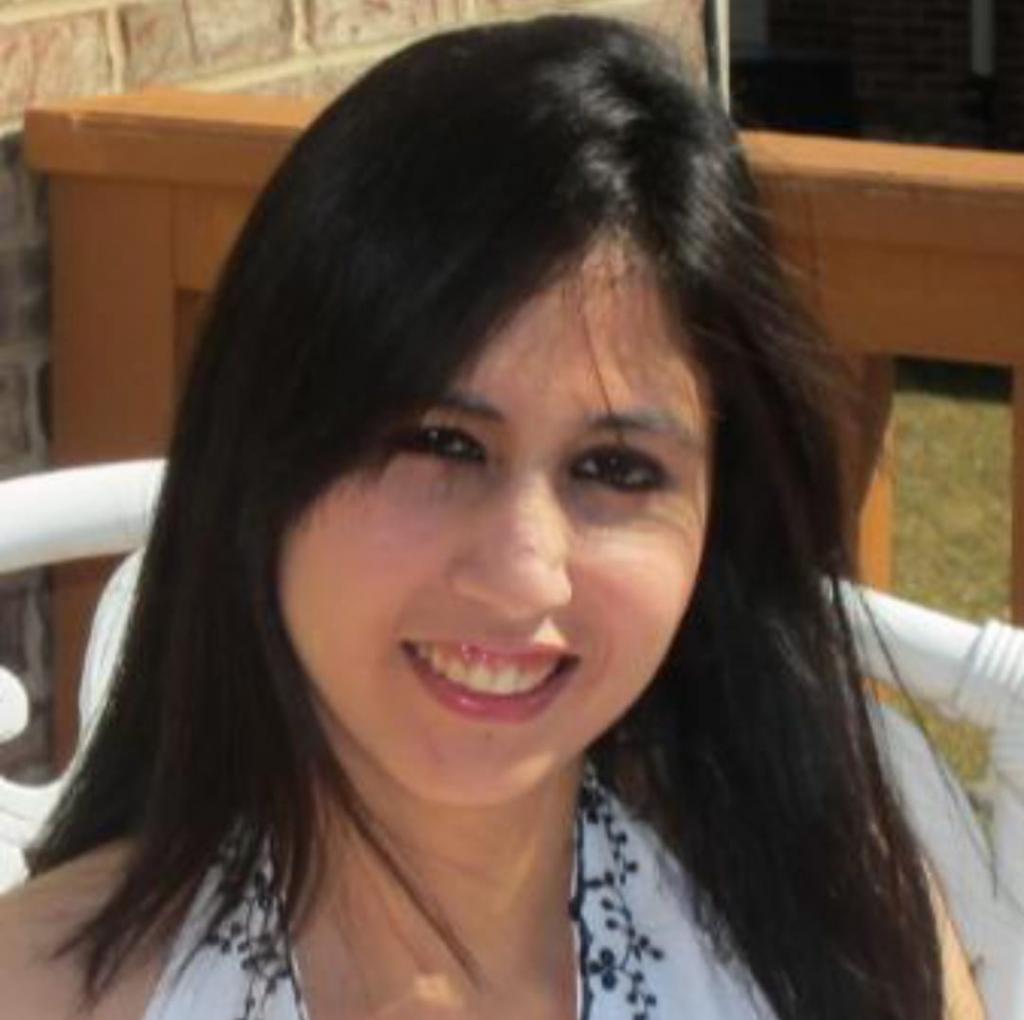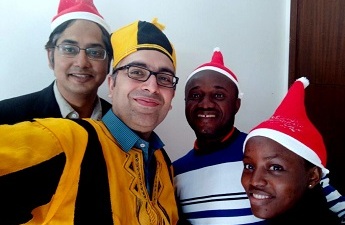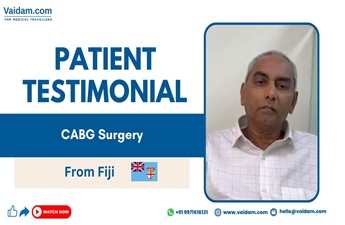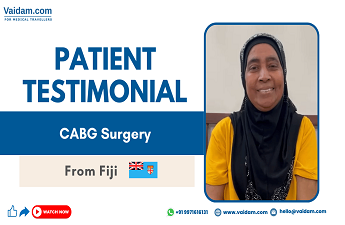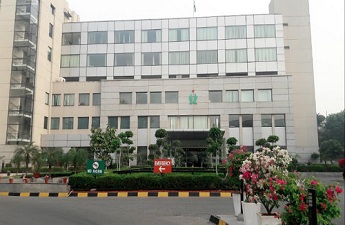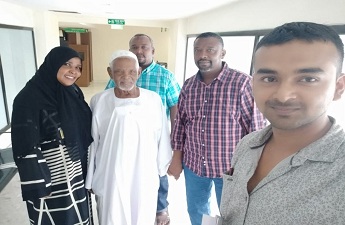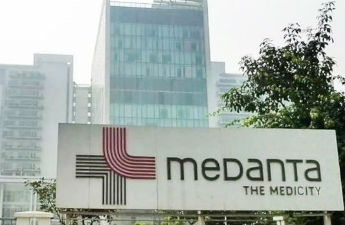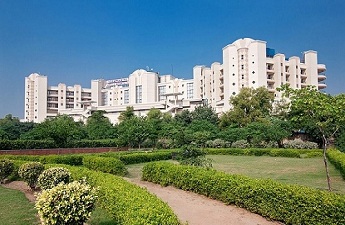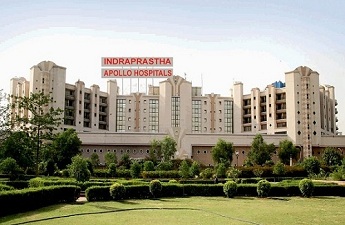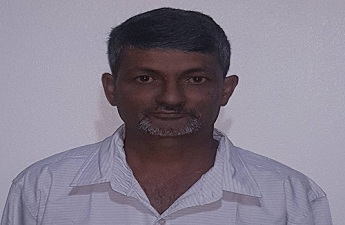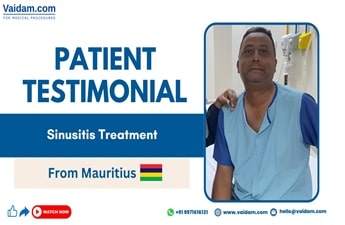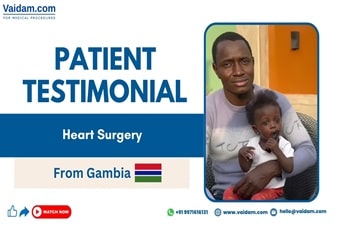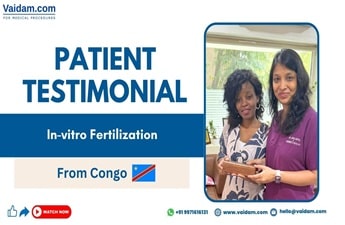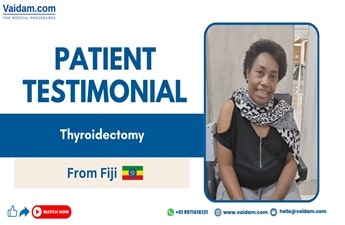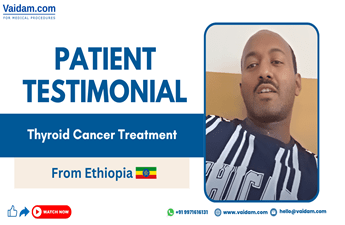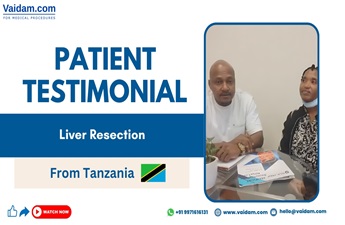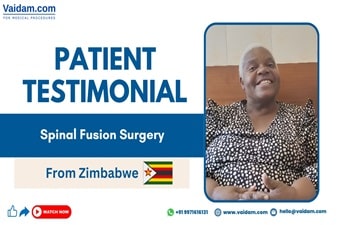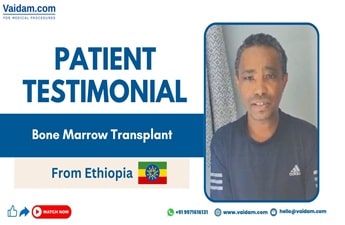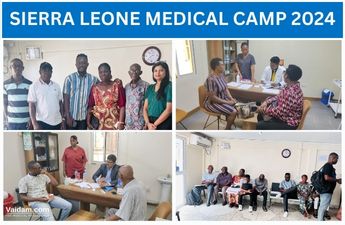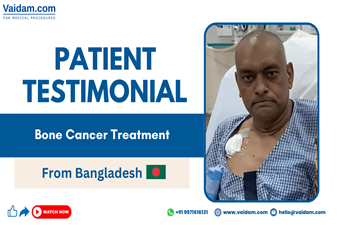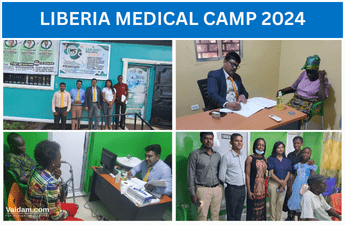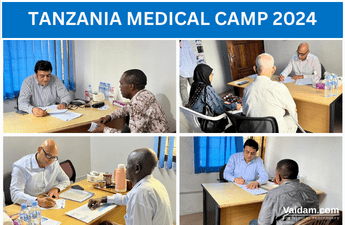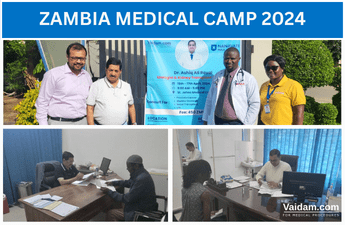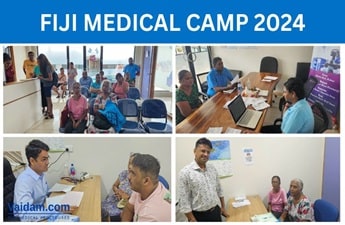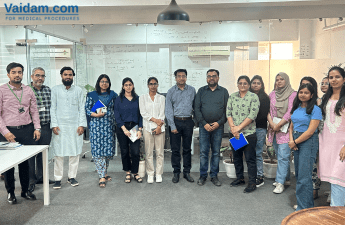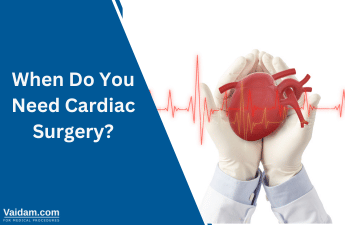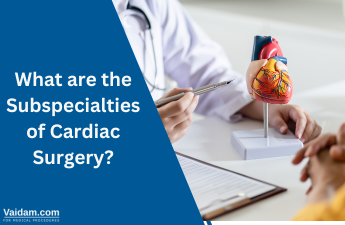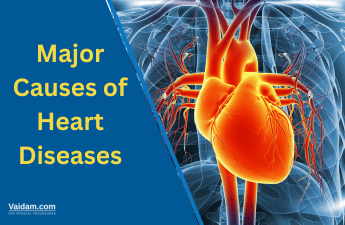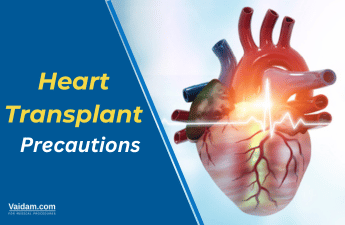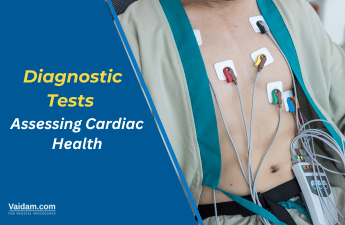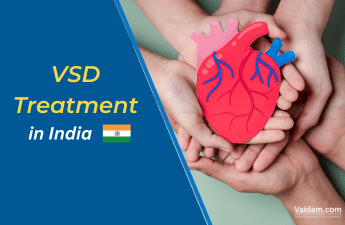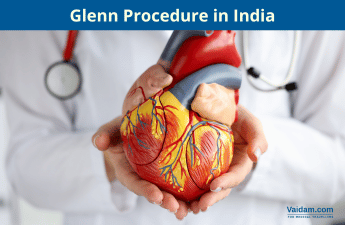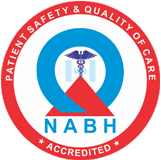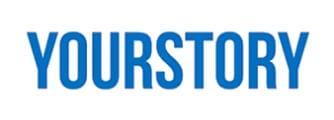With over 10 years of expertise, Dr Amit Bhushan Sharma is a well-known Senior Consultant and best Interventional Cardiologist in Gurgaon, who has performed more than 1000 transradial angioplasties. He is the only ECFMG-certified doctor in Delhi/NCR (United States Certification). Prime Time Media named him the best cardiologist for the years 2014 and 2015. He is currently associated with the Paras Hospitals, Gurgaon. His specialization is Coronary Intervention, Rotablation, Bifurcation Lesions.

Dr Sharma is one of the founder members of TACVI (Training Academy of vascular interventions) which trains young cardiologists from around the world in various aspects of interventional cardiology starting from basic transradial approaches to more advanced CTO. He also served as a vice president of TACVI
He has trained over 500 cardiologists from India, Southeast Asia, the Middle East, and the United States on angioplasty and device closures. In 2009, he was awarded as the best teacher in cardiology by his fellows in Hyderabad. He has completed his MBBS & MD from Govt Medical College Jammu and DM from KEM Hospital Mumbai, also he has fellowships in Interventional Cardiology Mount Sinai School of Medicine at New York, USA, Fellowship in Electrophysiology, Pacing and Devices – Michigan State University Lansing and Pediatric Device Fellowship in Hanoi Vietnam. And, European Society of Cardiology (FESC) credited him with a fellowship of FESC for his experience in 2016.
DR. Amit Bhushan Sharma has worked as a Head of Department at Paras Hospitals in Gurgaon, Senior Consultant at Miracle Mediclinic Hospital in Gurgaon, Senior Consultant at Artemis Hospital in Gurgaon
LIST OF TREATMENTS
- Neonatal and Infant cardiac surgeries
- Complex congenital heart surgeries
- TAPVC - Total Anomalous Pulmonary Venous Connection Repair Arterial Switch
- Coronary Angiogram
- Renal Angiogram
- Cerebral Angiogram
- Peripheral Angiogram
- VSD Closure (Adult) Surgery
- Heart Double Valve Replacement
- PPI-Permanent Pacemaker Implant - Double Chamber
- CRT- D Implant (Cardiac Resynchronization Therapy)
- Single Bypass and Valve Replacement
- Valve Replacement
- Congenital Heart Disorder CHD
- Heart Implants
- Cardiac OPD Procedures
- heart disease
- Heart Bypass Surgery (CABG)
What is Heart Bypass Surgery (CABG)?
Coronary artery bypass graft (CABG) surgery is a type of cardiac bypass surgery that improves blood flow to the heart. The damaged arteries are bypassed by a surgeon using blood vessels from another part of your body. When the coronary arteries become clogged or damaged, this operation is performed. These arteries carry oxygenated blood to your heart. The heart does not function correctly if these arteries are obstructed or blood flow is limited. This can lead to heart failure.
Depending on how many of your arteries are blocked, your doctor will recommend a specific type of bypass surgery.
- Single bypass.
- Double bypass.
- Triple bypass.
- Quadruple bypass.
Heart Bypass Surgery Procedure
The surgeon opens the front of the chest under anesthesia (the surgery can be done by cutting the left side of the chest also). New channels to supply blood to the arteries are constructed using arteries from the chest, forearm, or vein. Typically, the surgery takes between 5 and 6 hours to perform. Most people who have coronary bypass surgery are connected to a heart-lung bypass machine or bypass pump. Your heart is stopped while you are connected to this machine. This machine does the work of your heart and lungs while your heart is stopped for the surgery. The machine adds oxygen to your blood, moves blood through your body, and removes carbon dioxide.

After the procedure
You will be taken to the intensive care unit (ICU) after surgery to be closely monitored. Your electrocardiogram (ECG) tracing, blood pressure, various pressure readings, breathing rate, and oxygen level will all be shown on machines at all times. Coronary artery bypass surgery (CABG) requires at least a few days in the hospital. You can start drinking liquids once your doctor removes the breathing and stomach tubes and you are stable. You will be moved from the ICU to a post-surgical nursing unit whenever your doctor decides that you are ready. There, your recovery will continue. As you get out of bed and walk for longer periods, you may progressively increase your exercise. Solid meals can be eaten as soon as you can tolerate them. Your care team will make arrangements for you to return home and schedule a follow-up appointment with your doctor.

